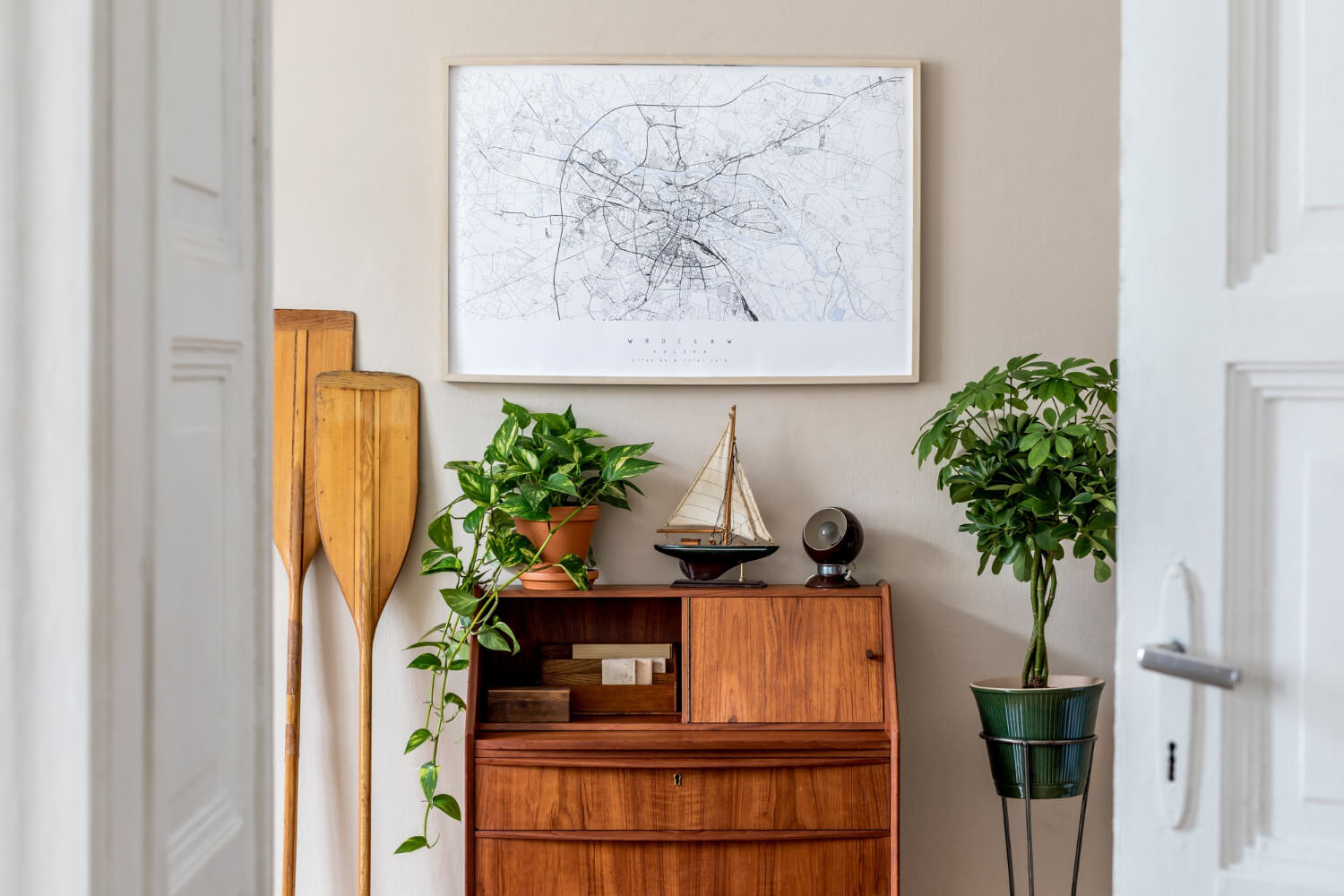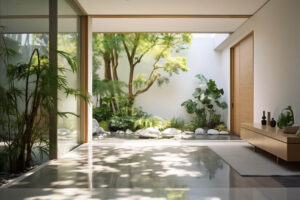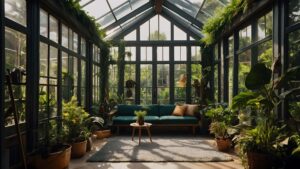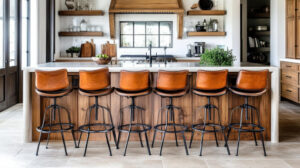Transforming your home into a cohesive space improves its functionality and design aesthetic. When the interior and exterior harmonize, it reflects your personal style and creates an inviting atmosphere. Here are eight essential tips for achieving a seamless transition between your indoor and outdoor spaces so that your home looks meticulously curated from every angle.
Establish a Color Palette
Creating a unified aesthetic begins with a well-planned color palette that applies inside and outside your home. Choosing a limited range of colors can create visual harmony and bring distinct areas together. Consider the hues of your exterior siding and landscaping; use them as inspiration for your interior decor. If your outside features earthy tones, burnt orange or olive green can offer complementary touches indoors.
Ideal shades will vary depending on light and weather conditions, so test paint samples in different areas before committing. Once you coordinate these colors, you establish a welcoming atmosphere that flows seamlessly from one space to another. Don’t forget to incorporate outdoor elements like furniture and decor to improve cohesion.
Keep Weeds Under Control
Landscaping should improve the appearance and maintain the integrity of your home’s exterior. Keeping weeds under control can detract from the beauty of your garden and interfere with the design. Calling in regular weed control solutions like https://nazweedcontrol.com/ and mulch application can maintain your outdoor areas. An effectively maintained garden reflects attention to detail and adds to the cohesion between indoor and outdoor spaces. Implementing a consistent weeding schedule contributes to a healthy landscape that aligns perfectly with your home’s aesthetic vision.
Utilize Consistent Materials
Utilizing similar or the same materials builds a connection between spaces and makes transitions appear natural and intentional. If your outdoor deck features natural wood, incorporate wooden elements indoors, such as furniture, cabinetry, or wall accents. Keep in mind that the quality of materials will leave an impression; invest in durable options that can withstand the elements outside and maintain aesthetic appeal inside.
Textures can provide cohesion. Balance shiny finishes with matte to achieve depth in design without overwhelming the eye. Include signature materials, making them central features within both areas. This strategy improves the tactile relationship between spaces and creates a visually connected experience that engages anyone in the home.
Coordinate Furniture Styles
Your choice of furniture impacts how cohesive the design feels across various spaces. Strive for a balance in styles and proportions that bridge interior and exterior furnishings. Those looking to feature modern, sleek indoor furniture want to invest in outdoor pieces that complement that style. Look for colors and materials that echo throughout both settings. While you can play with different styles, keep your furniture designs tied together.
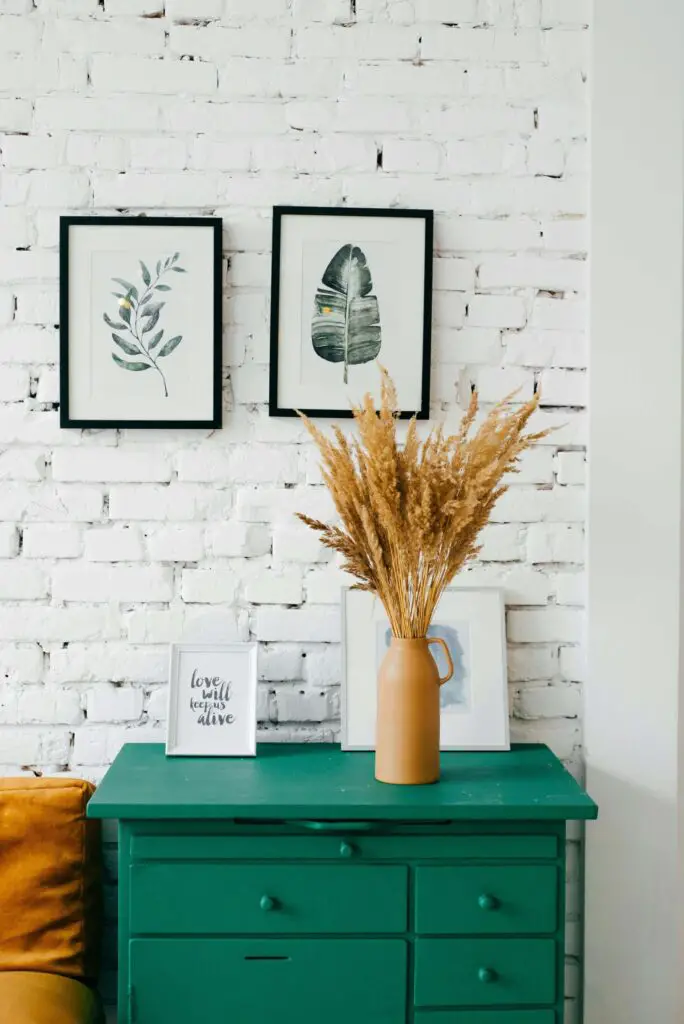
Matching cushion colors or patterns creates a thoughtful connection, tying together the indoor and outdoor environments. An inviting lounge set can draw guests to the exterior spaces and promote a cohesive flow throughout gatherings. Furniture spaces in transitional areas like patios bring guests smoothly from indoors to outdoors.
Incorporate Natural Elements
Integrating natural elements boosts cohesion between indoor and outdoor spaces. Nature provides an unparalleled beauty that invites calmness and serenity. Use plants, flowers, and wooden features that echo across both environments, inviting the outdoors into your home. Choose planters that can complement indoor decor by mirroring colors or styles, which encourages seamless transitions.
Whether placing fresh flowers on a dining room table or outdoor plants along pathways, let nature serve as a connective thread. Incorporate textures like stone or earth into decorative choices that resonate with outdoor landscapes. To personalize space, consider items like driftwood or other natural finds that can serve as art pieces.
Design with Lighting in Mind
Effective lighting design merges the indoor and outdoor worlds in functional yet aesthetic ways. Consider how both spaces are illuminated; achieving harmony starts with similar lighting styles, which can create an elegant flow. Using fixtures with similar finishes or designs forms a coherent connection.
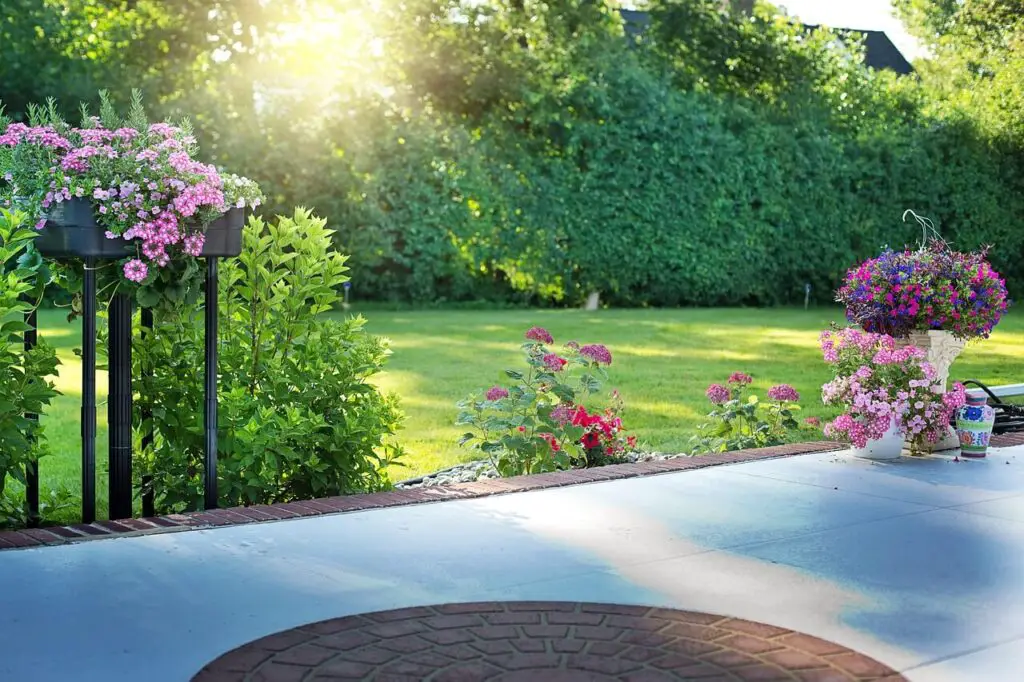
Take advantage of natural light. Strategically placing windows or glass doors invites sunlight into living areas and frames outdoor beauty. Dimmer switches further improve versatility in both environments, enabling easy adjustment as the day unfolds. Embrace outdoor ambient lighting through pathways or potted plants, drawing attention to the scenery and encouraging exploration of the yard. Soft lighting can create a warm ambiance, allowing evenings outdoors to feel just as inviting as the spaces inside, so that coziness exists no matter where you are.
Create Focal Points
Designing focal points can boost the coherence of both interior and exterior spaces. A central feature, whether it’s a striking painting indoors or a water feature outdoors, becomes a focal point that draws attention. By establishing these unique elements, you can invite a visual path that connects indoors to garden spaces. If a vibrant piece of indoor art complements the colors of your outdoor patio setup, it can draw the eye seamlessly across the area. The key lies in tying these focal points emotionally or thematically; a color palette, motif, or texture can amplify presence.
Improve the outdoor view from crystal-clear windows so that the inside beauty is immediately recognized. With well-planned focal points, you generate continuous transitions, allowing each space to frame the other and creating visual depth that excites and invites movement within the home.
Personalize with Accessories
Accessorizing both interior and exterior provides a final touch that confidently reflects your personality. Between textiles, decor pieces, and art, there’s room to encourage connection through shared themes. Indoor throw pillows can match the fabric of outdoor cushions, cultivating a sense of proximity. Small decor items can easily transition from inside to outside and provide versatile decor options.
Consider seasonal changes that allow for accessories to evolve in design; refreshing your decor can change perspectives and maintain subjects that unite spaces. Adding family photos or handmade crafts in both indoor and outdoor areas creates ties that promote warmth and nostalgia. Personalized detailing turns spaces from ordinary to extraordinary so that every part of your home expresses your style and creates a rich narrative woven throughout your home.
Creating a harmonious relationship between your home’s interior and exterior dramatically adds to its appeal. When you apply careful thought to colors, materials, furniture styles, lighting, and accessories, you establish a seamless transition that resonates throughout. Your personal touch, reflected through attention to detail, will make any space inviting to guests and a delight to experience daily.

